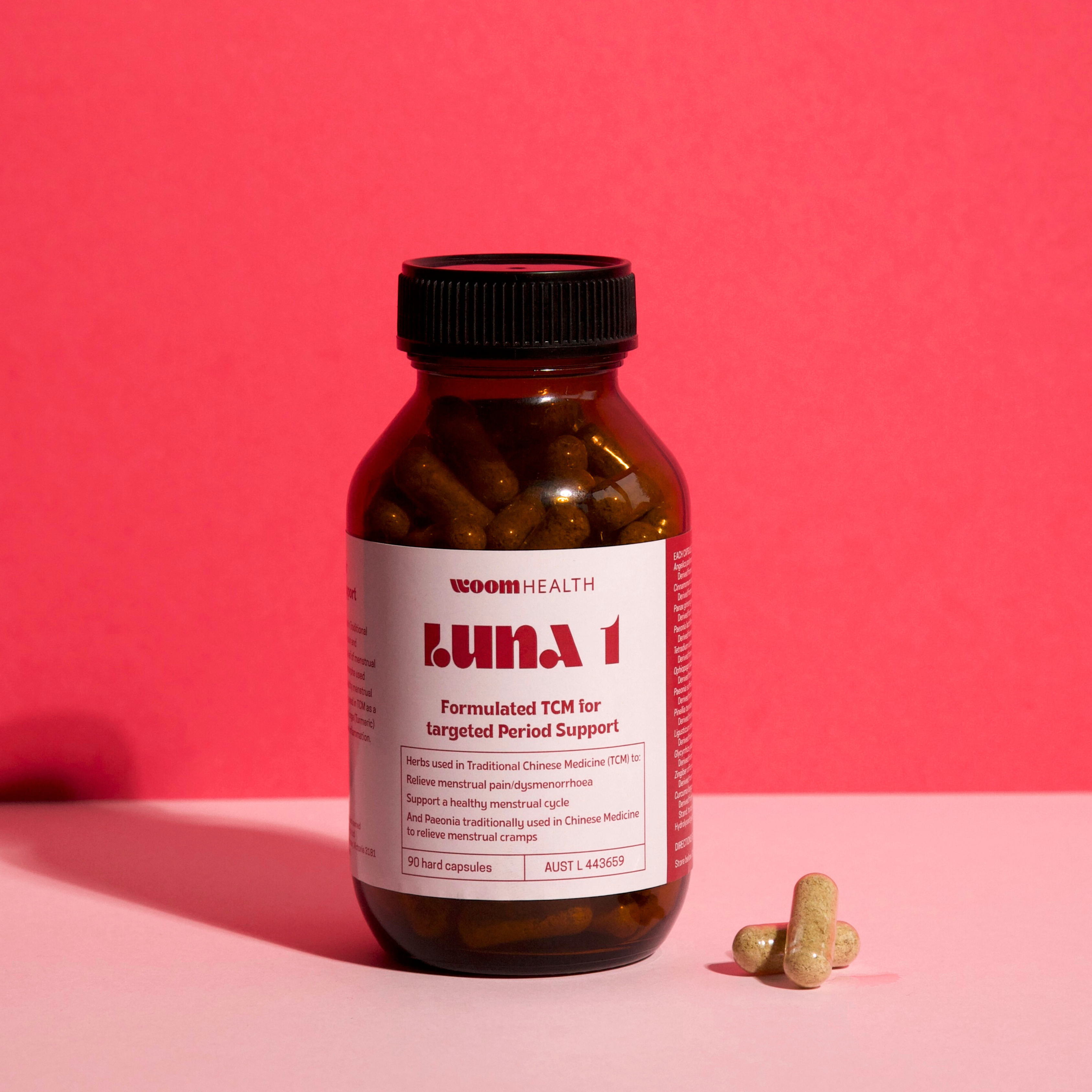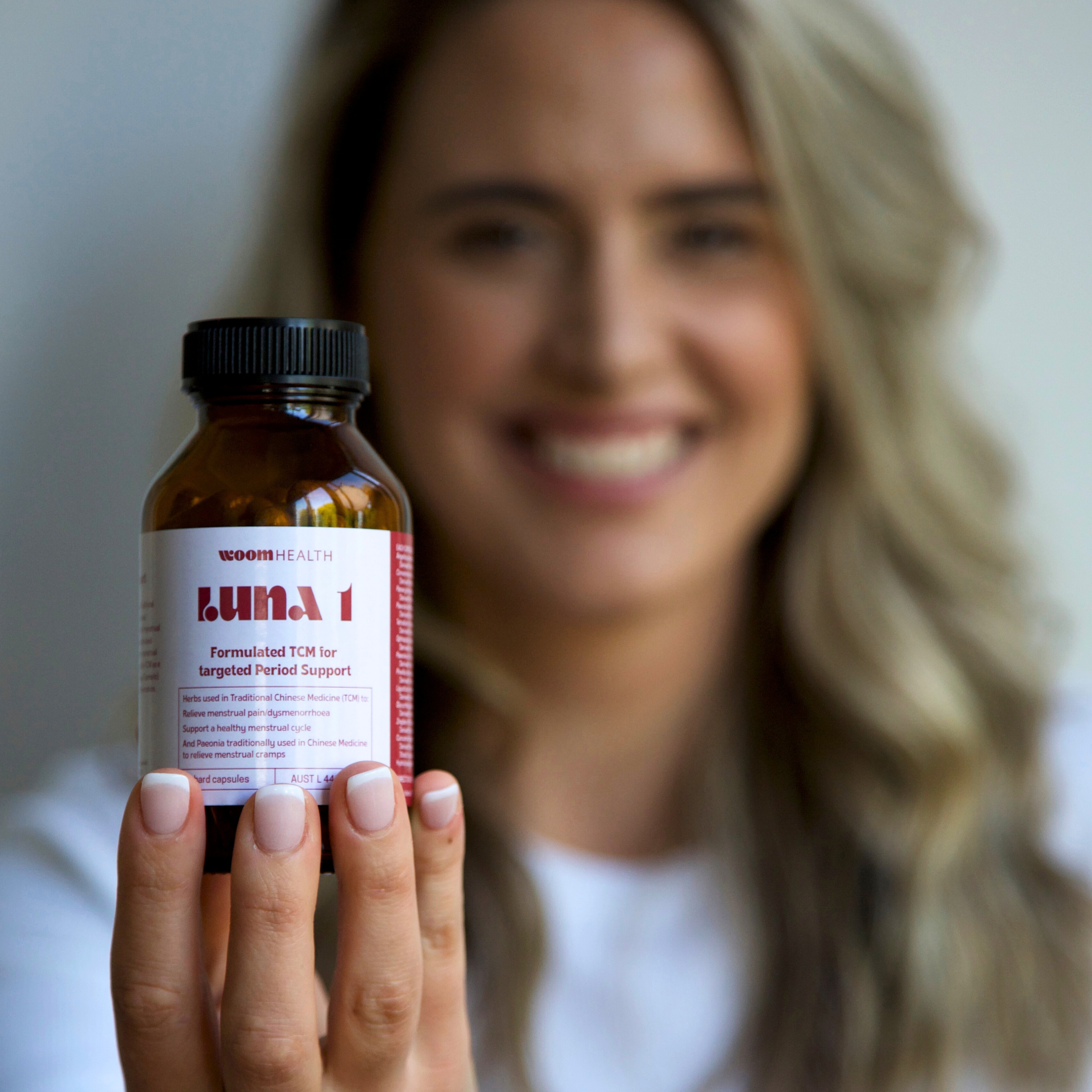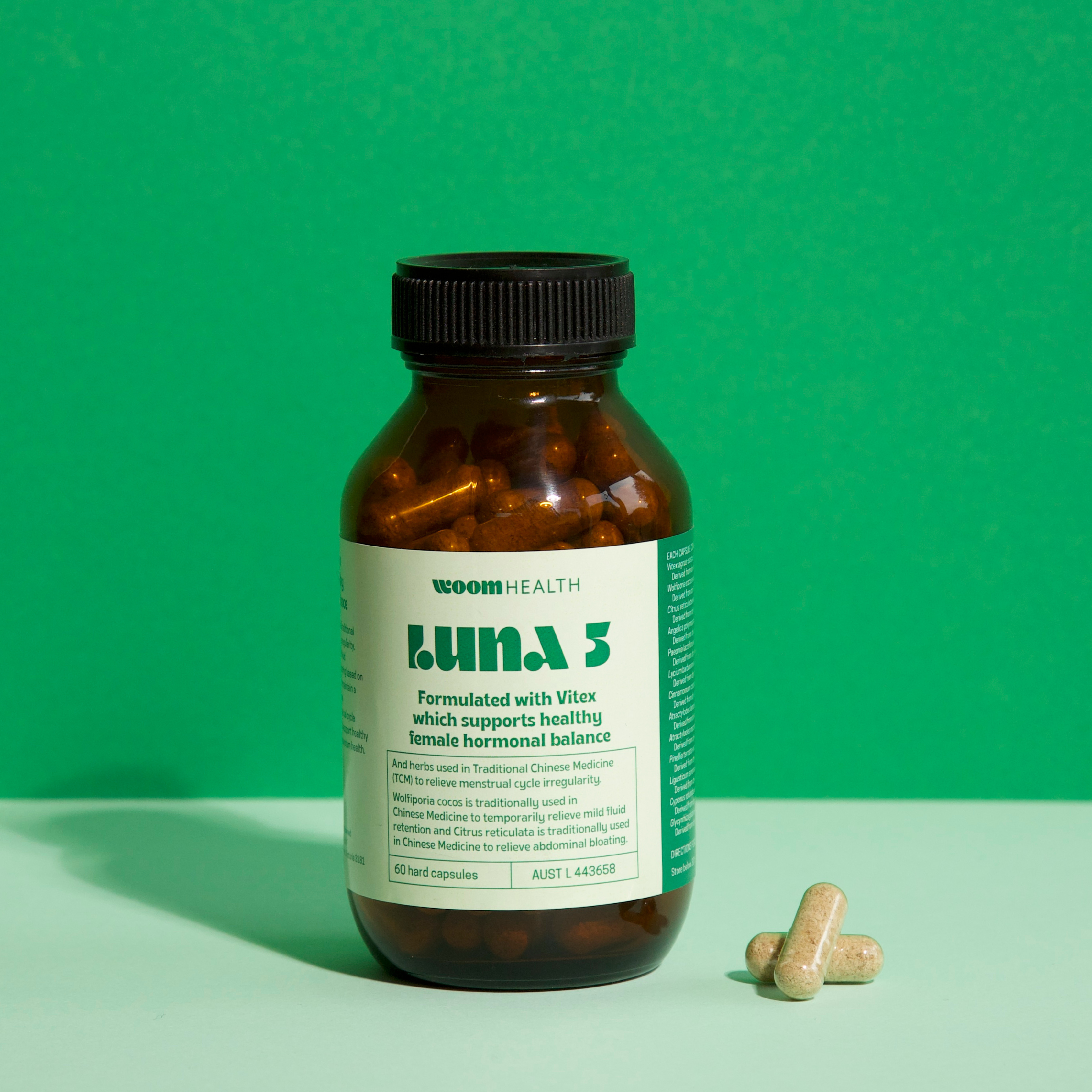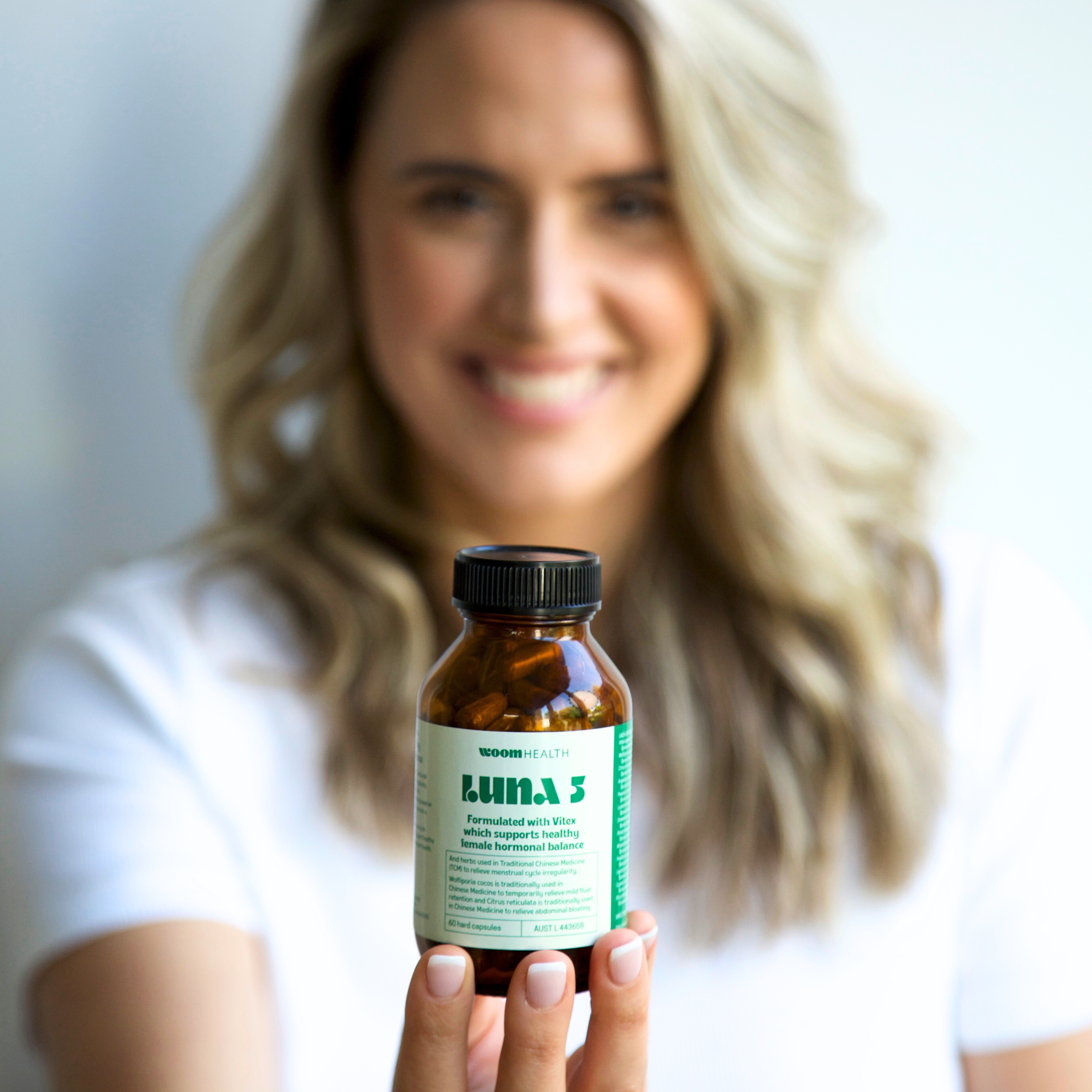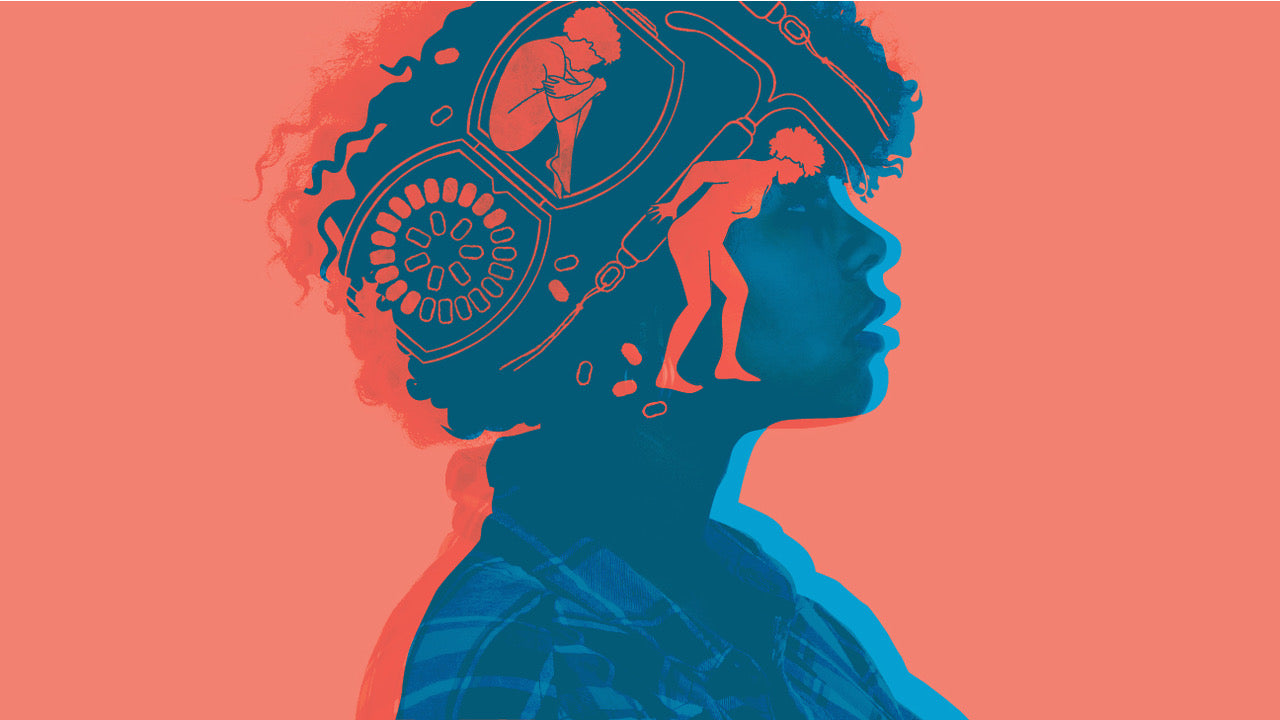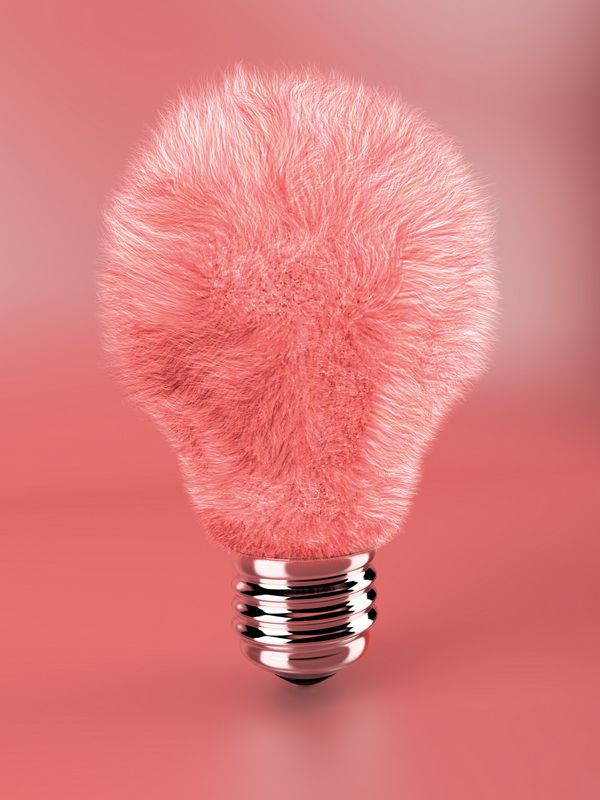Get to Know Your Female Anatomy
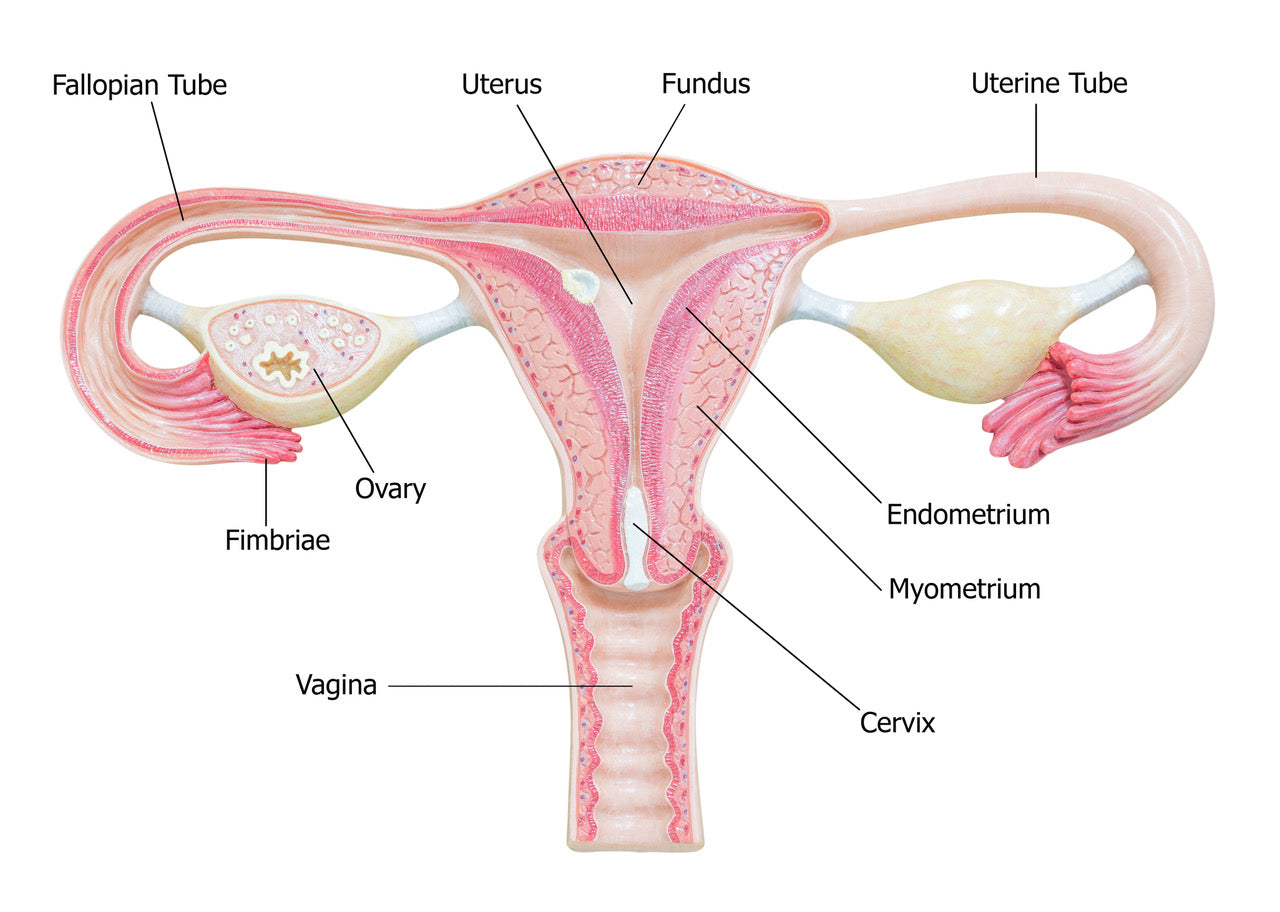
Have you ever looked at or explored your lady parts?
Getting to know your female anatomy is an important part of your reproductive and gynaecological health!
These sexual and reproductive parts of your body can change throughout your life and knowing them will help you be aware if anything seems abnormal or off.
Knowing your female anatomy is also an important part of self-love. You can develop an appreciation for your body when you understand how it works. And you can grow in self-esteem when you recognize that your female parts have their own unique shape, size, smell, and color!
Your female anatomy consists of external components and internal reproductive organs. Let’s look at each part and discover what they do!
External Anatomy
Vulva
The external parts of your female anatomy are called the vulva.
When you refer to your vulva, you are referring to all of these parts below:
Mons pubis or pubic mound
Your mons pubis is an area of mostly fatty tissue that protects your pelvic bone and it’s where pubic hair typically grows. If you press gently on your mons pubis you can feel your pubic bone underneath. It is a sensitive area on your body that has many nerve endings as well as hair and sweat glands. Body fat and hormone levels (particularly estrogen) influence the size and shape of your mons pubis.
Outer Labia or Labia Majora (large lips)
On either side of your vaginal opening are two fleshy outer lips called your labia majora. These usually grow pubic hair and they vary in size, shape, and color and can even change appearance throughout your life. Outer labia are made of mostly fatty tissue to soften the impact during intercourse and they contain erectile tissue that swells and nerve endings that become more sensitive when you are aroused.
Inner Labia or Labia Minora (small lips)
Labia minora are two hairless folds of skin that sit inside the labia majora. Labia minora vary greatly in size and colour. The colour can be anything from pink to reddish, purplish to blackish. They can be short or asymmetrical. They can even be longer or more prominent than the labia majora.
Your inner labia have many nerve endings and have erectile tissue that swells upon arousal and acts as another cushion during intercourse. Your inner labia are also rich in sebaceous glands (oil glands) that secrete mucus to protect your vulva from chafing.
Your labia minora protects your vestibule, vaginal opening, and vagina from irritation, bacteria, and dirt.
Clitoris
Your clitoris is an erectile organ just like a male penis and its sole purpose is sexual pleasure! The parts of the clitoris are the glans, two crura (pillars), and two bulbs (or vestibular bulbs). It has many sensory nerves as you would find in other parts of your body but it also has nerve endings specific to sexual arousal. When aroused, your glans, crura, and bulbs fill with blood, swell and become erect.
This sexual organ is buried under your vulva except for the clitoral glans which sits under the clitoral hood. Your clitoral hood is a fold of skin where both your inner and outer labia meet at the top of your vulva and it protects your clitoris from friction. The glans varies in size, although it’s usually about the size of a pea. The two crura that extend back and down along either side of your vagina can be up to 5 inches in length… sometimes even longer!
Vestibule
The cavity enclosed by your inner labia is called the vestibule which contains your vaginal opening, urethral opening, hymen, and your paraurethral and vulvovaginal glands.
Vaginal opening
This is the entrance to your vagina! It sits between your urethral opening and perineum.
Urethral opening
A small opening in your body that sits above your vaginal opening and below your clitoral glans. It’s connected to your bladder and it’s the opening that allows you to urinate.
Paraurethral glands
Your paraurethral glands, also called Skene’s glands, are two tiny glands located on either side of your urethra. They help keep your urethra opening lubricated and protected from infections. The fluid they secrete is actually similar to the fluid produced by prostate glands in males.
Vulvovaginal glands
Your vulvovaginal glands, also called Bartholin’s glands, are two tiny glands located on either side of your vaginal opening. They are responsible for keeping your vaginal opening and the area around it lubricated and protected.
Perineum
Your perineum is the area between your vulva and anus (the hole where you discharge fecal matter). It’s made up of muscles and tendons that are important for urination, defecation, sexual intercourse, and childbirth.
Hymen
Your hymen is a small, flexible membrane of mucosal tissue that surrounds the rim of your vaginal opening, sometimes even partially covering it. It is stretchy and varies in size, shape, and color although it’s usually light pink.
Sometimes the hymen can cover the entire or majority of the vaginal opening. This is called an imperforate hymen and, in this case, a gynaecologist will open it so that menstrual blood can flow through and so you can use tampons or have penetrative sex.
Not everyone has a hymen, and for those who do, it can rupture from a pelvic injury, sports, pelvic examinations, intercourse, or childbirth. Many people believe that the absence of a hymen, or a ruptured hymen, means a female has had penetrative sex, but this is a myth!
Internal Anatomy
Vagina
Your vagina is the canal that connects your vulva with your uterus. Your vaginal opening is part of your external anatomy and your vagina is part of your internal anatomy. Vaginas vary in length. The average length is about 2 ½ to 3 inches long but it expands and lengthens itself during arousal.
Cervix
Your cervix sits at the bottom of your uterus. This cylindrical-shaped area of tissue separates the vagina from your uterus. During childbirth, it expands big enough to let a baby pass through.
Uterus
Your uterus is a muscular sac that carries a developing embryo or fetus during pregnancy. It sits in the middle of your pelvic cavity behind your pelvic bone.
Your uterus is an important part of your menstrual cycle. During your follicular phase, the endometrium (lining of your uterus) thickens up with blood to prepare for ovulation and the chance of implantation. This blood is meant to provide a nourishing environment in your uterus if pregnancy occurs. During your luteal phase, if implantation does not happen, your endometrium breaks down and sheds as menstrual blood.
Ovaries
Almond-sized organs attached to your left and right fallopian tubes are called your ovaries. These glands grow follicles and produce eggs for fertilization. They are also responsible for the production and secretion of two important sex hormones, estrogen and progesterone.
Fallopian Tubes
Your fallopian tubes connect your ovaries to your uterus. During ovulation, one of your ovaries releases an egg that travels down a fallopian tube to be fertilized by sperm.
Celebrate your individual female anatomy!
You’ve probably heard that we all come in different shapes and sizes. It’s true! No two bodies are exactly the same and even female anatomy varies in shape, size, and color from woman to woman. This diversity is normal and should be celebrated!
Now that you know the names and functions of your female anatomy, don’t be afraid to grab a mirror and discover how unique and beautiful your body is!
